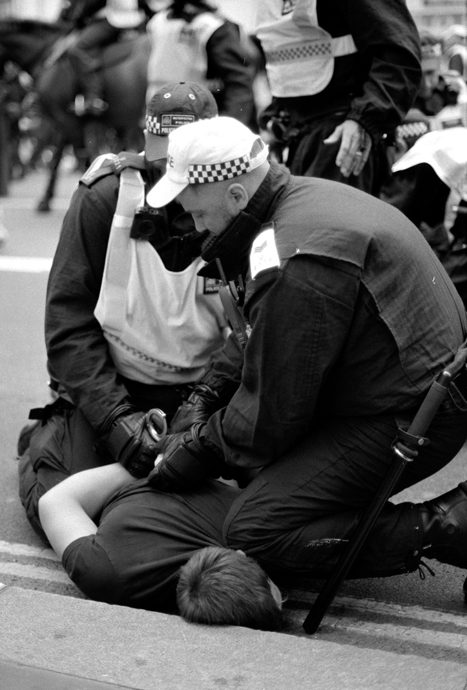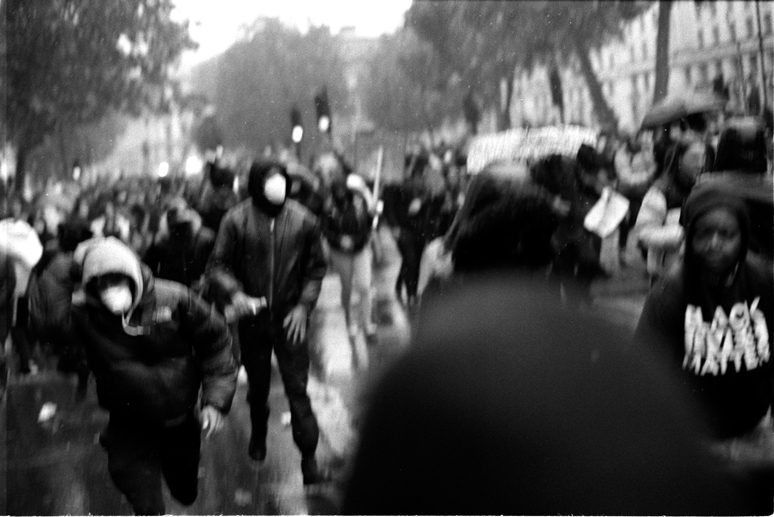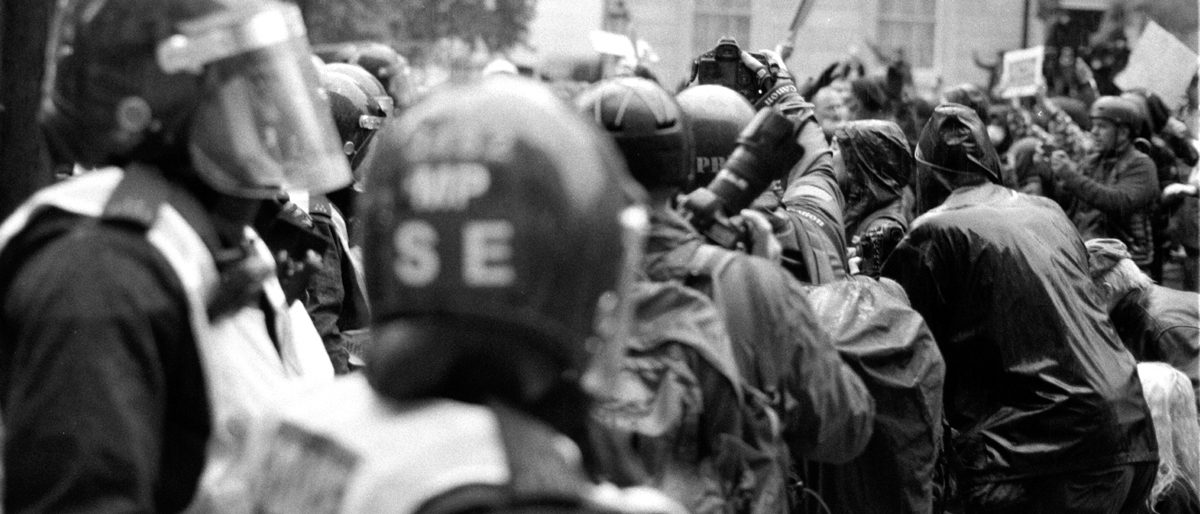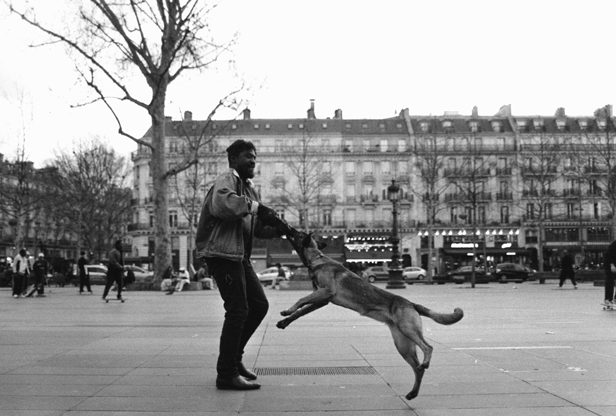Prioritizing Peace in my Prints (and my Life) Posted On 8th July 2021 To Magazine

Taking Risks
Through a series of what felt like small and inconsequential life choices I have found myself recently in positions where the logical course of action involved putting my health and even my life at risk, in service of making photographs.
I, like many others I'm sure, want to be a great photographer. To me this means that I look with a respectful eye over my own body of work, and accept it for what it is: (hopefully) the absolute best I can accomplish.
A retrospective
This is something I rarely feel when it comes to retrospectives on my images so far, so I've been trying hard to work in a way that ensures I don't feel this way in the future about what I'm producing today.
One of the possible solutions I've been implementing involves making an effort to do things that other photographers are not. Film photography is part of that, but most important is the content of my photographs. In order to make photographs that other photographers are not I need to do things that others are not. Getting closer physically and metaphorically with my subjects, getting myself into encounters others may find uncomfortable, and most recently dangerous situations – just upping the ante in a competition that really doesn’t exist in a significant way.
Mediocre and Meaningless
The results are energetic frames, full of characters and stories. But when I look at the work it feels like someone else made it; I don’t see myself in the images the way I do in some of my more gentle work. I definitely don’t think that the high risk resulted in high reward at all – something I felt deeply on an occasion where I was charged by police horses during a protest. The photograph I made in that moment while avoiding a stampede while shooting over my shoulder, without framing or any kind of thought, was entirely mediocre and meaningless.
A Chaotic Situation
Another incident involved a collateral injury caused by a glass bottle being thrown in my direction, which I was unlucky enough to incur to my leg. After both of these events my thoughts were not really directed towards myself, but instead in frustration that I did not make the most of what really were excellent opportunities to create something from a chaotic situation.
Introspection on my present state definitely leads me to some unhealthy conclusions. It’s all very well to tell myself that photography is a process of accepting things as they present themselves, but to not put this into practice myself really demonstrates a disconnect between my expectations and reality. I so desperately want to follow in the flow of photographers like Abbas, McCullin, and Oosterbroek, but those kinds of photographs have severe implications.
At war with myself
So much of my workflow, and the nature of the results I create relies on things I tell myself based on study and introspection – my understanding of balance in my compositions, the subjects/topics my eye and interest are drawn to, none of these things are intuitive, but instead the result of serious consideration. As much as I guide my direction I don’t want the result to be at war with myself. I want to be confident with my work in all areas, and to be able to defend and stand by it, not reject it in the way I have been.
Contemplation
Printing requires a lot of contemplation, for me involving all of the ideas I’ve already mentioned as well as many more. A print requires the full endorsement of the artist – true willingness to invest papers, chemicals, and upwards of dozens of hours to really refine and finesse. A print is an investment, and second guessing myself in the way I have been recently is not a great place to be in when it comes to making a selection of images to produce.
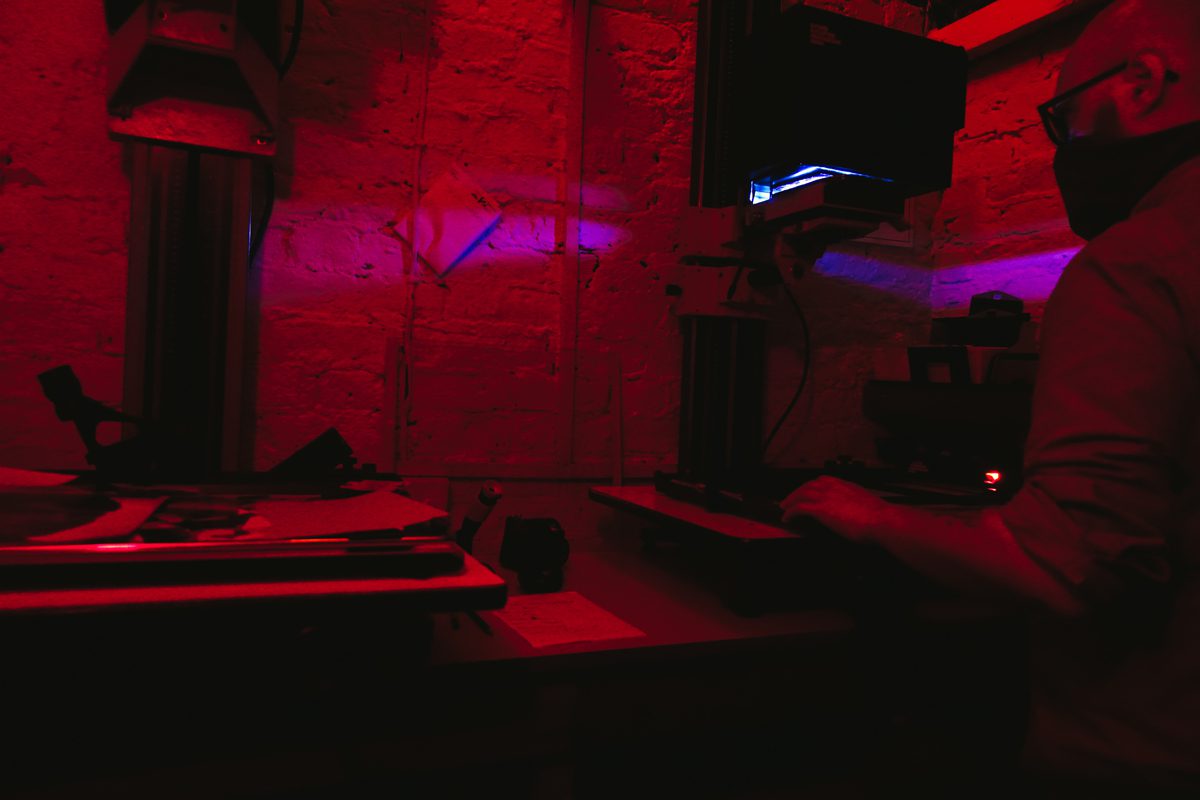
This is where I found myself recently, with the desire to spend time in a darkroom, but struggling to curate my negatives in order to have a dozen or so to work on during my four-hour session. I had an agenda for this print run: I wanted to begin producing a stockpile of 8x10 prints that I could start to sell through the winter. This meant there needed to be intent behind my selection, and at first I was drawn to the crowd pleaser's. – Those images I had worked so hard for, or compromised my comfort for, or taken risks for; but which left an often bitter taste and difficult memories.
Compromise
The answer (this time around) came through compromise; I chose my negatives based on work my peers enjoyed rather than images that had received attention for online. Some I selected for their aesthetic merit; the monochrome tonality, and others for their engaging content. Ultimately I put self-respect first, for the artist I think I might be rather than the one I feel the need often to present myself as. All of the prints are ones I think I would want to possess in this format myself, or ones which I knew I could specifically allocate to others in my circle (as I’ve written about previously).
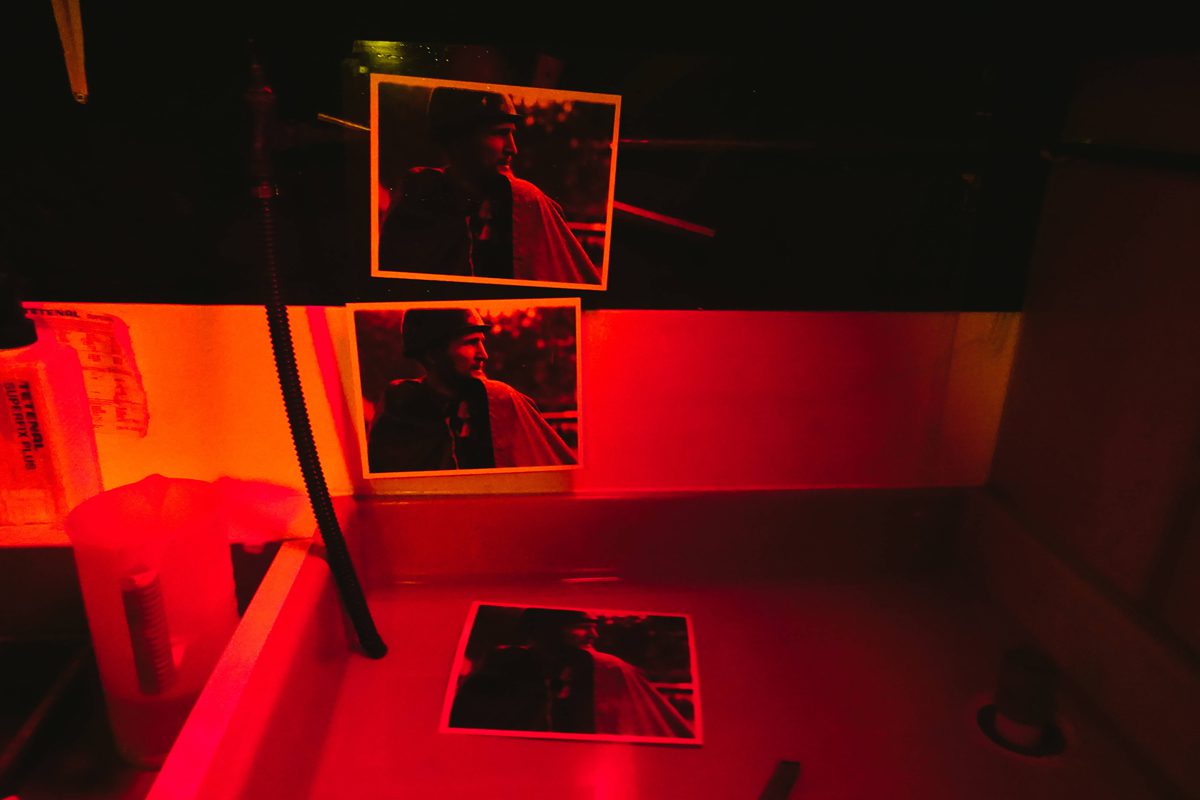
Sadly the darkroom I used to use for printing in Shoreditch closed, so I spent some time researching to find a new prospect, which I did in the wonderful Black and White Basement, about ten minutes walk from St John's Wood Station. They've taken great care to ensure the continued safety of their clients in the current pandemic situation, and I had a great time working there. They are fully kitted out with some fantastic equipment, including a pretty unique 2150 RC printer, which made for very efficient processing of my RC papers (fiber based is still a bit beyond me!).
Prints I believe in
I produced a few copies of each of the images I’d selected, first the gifts, followed by the start of my stockpile. Hopefully I’ll be able to promote sales for these in order to fund future projects, but if they don’t get any interest then I’m still happy to have gone through the process of making them. I’d rather make available prints that I believe in than ones I know are crowd pleasers but contain sub-par, superficial attempts to embody a level of photography I don’t yet think I have achieved.
The print process is worth the time and the effort – the craft as its own pursuit – especially when I know that they are integral images to my identity as an artist and not examples of my attempts to be something I have second thoughts about.
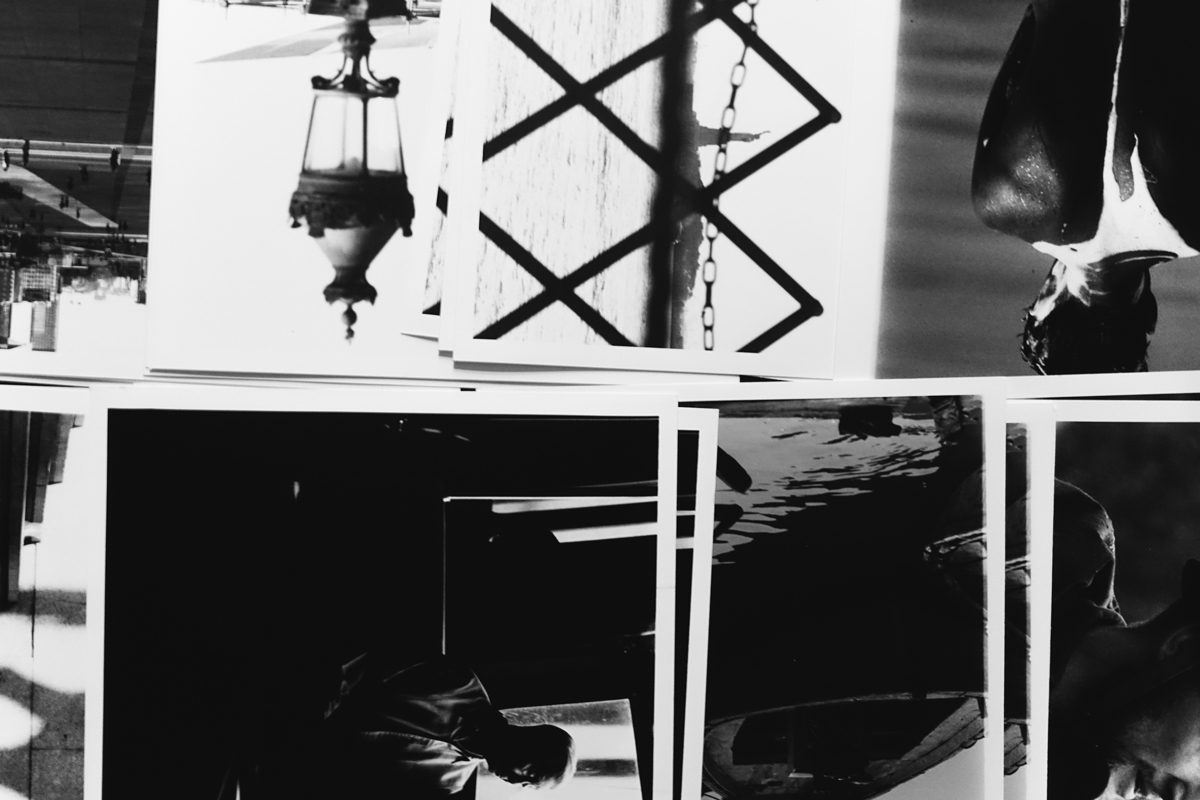
I printed on Ilford’s 5th Generation MULTIGRADE RC Pearl, which I found to offer exactly the results I was after. I’m usually a fan of the Satin paper option, but was recommended to try the Pearl-type by another photographer, Andrew Blowers. I think the texture of the finish is quite different to what I’m used to from the satin, but not at all in a way I dislike. I’ll have to run some comparisons, but may end up using Pearl for 5x7 postcards, and Satin for my 8x10s. Something about that seems to fit with how I want my work to be seen.
A place to let go
For print I want to allow myself to not stress in the same way I often find myself doing when it comes to the camera-in-hand side of things, when it comes to creating certain kinds of shot, or achieving a certain quality of photograph. The darkroom, in my mind, MUST be a place for me to let go of so many anxieties and expectations, and instead just get on with the task at hand.
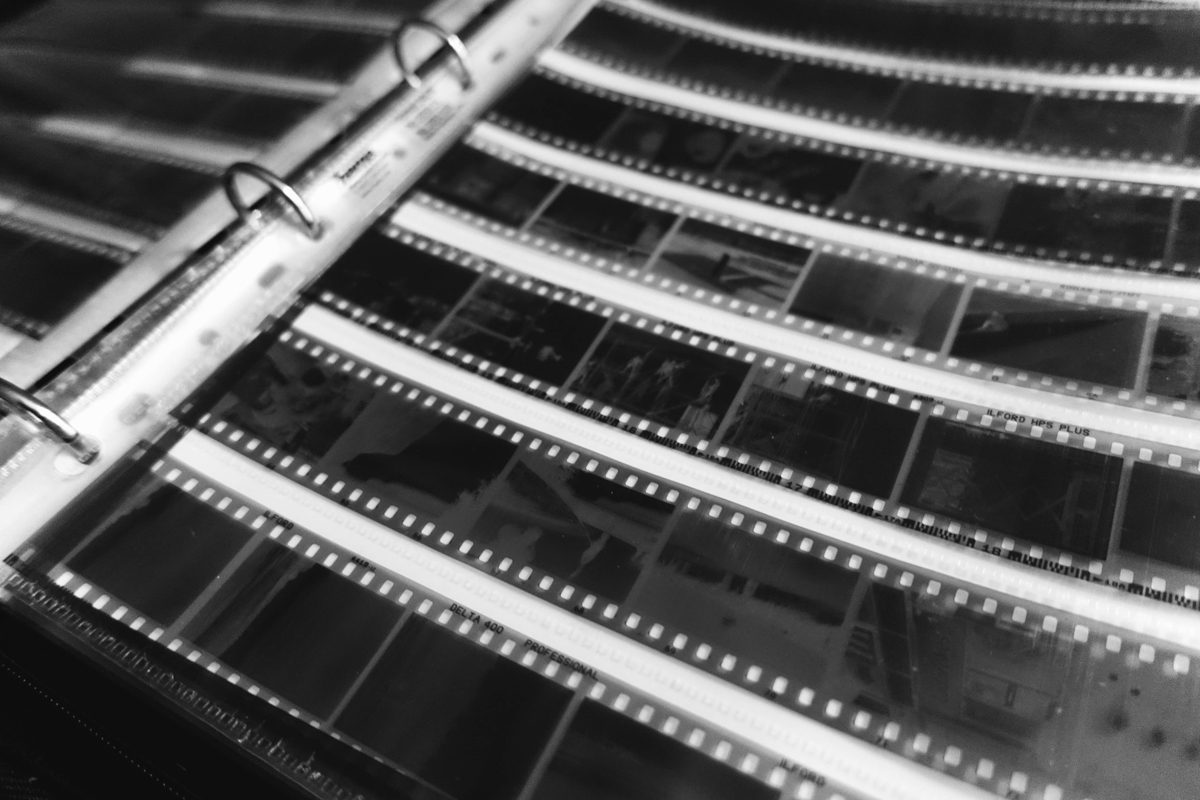
It was oddly difficult for me to pull myself away from the magnetism of those high-intensity scenes in order to seek out more straightforward, simple negatives. That difficulty represents an area I will need to continue to work on, so that I can achieve the same calmness in the field as I do in the darkroom. The images I printed recent reflect some of my more “traditional” photographs. Candid portraiture, establishing scenes, and one of my so-far favourite images overall: a scene photographed in Suzabad on the bank of the River Ganges – an image which epitomizes the balance, vertically layered composition, and “energy” which I think I value in an image.
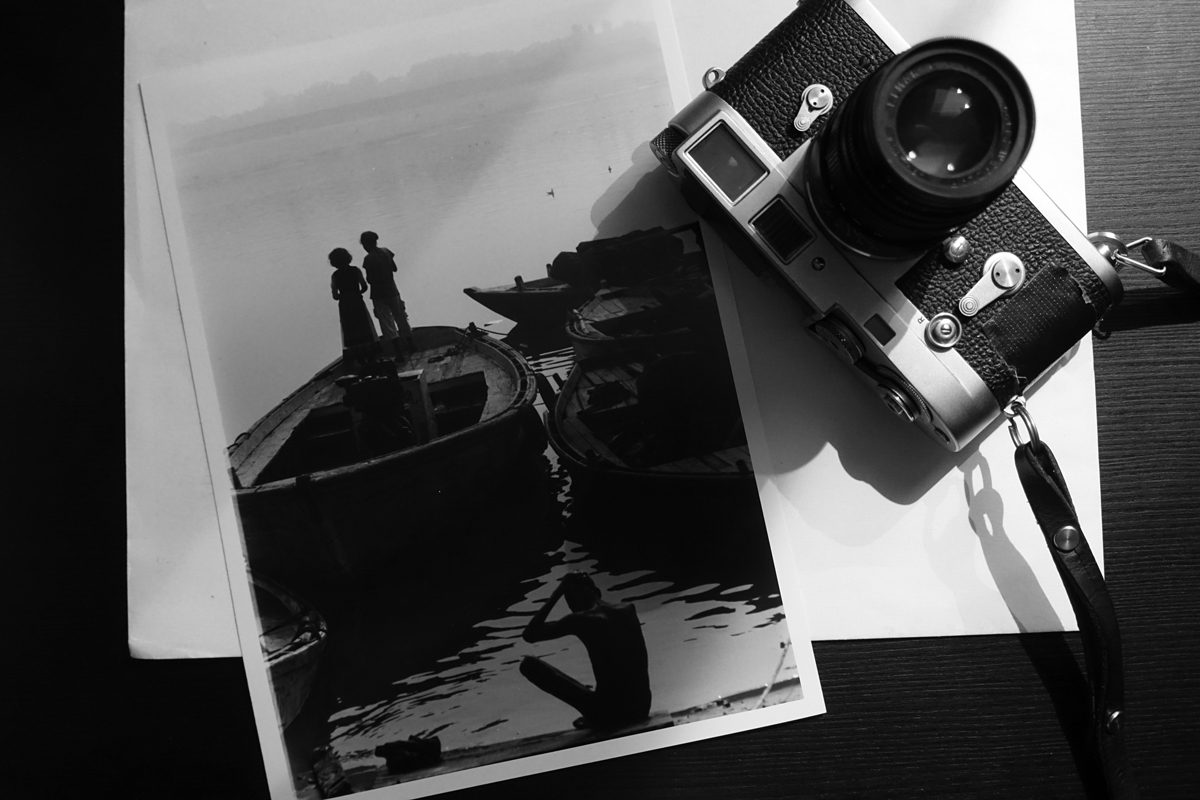
Not my usual mould
The next time I print I want to see if I can break away from this comfort and print images that don’t fit my usual mould. I have a collection of rarely seen still life and abstract images, which I think, would make fine prints. Only one of my recent selections was chosen exclusively for it’s aesthetic appeal in terms of the tonality of the blacks and whites. – I will hopefully find more negatives with this aesthetic printable merit.
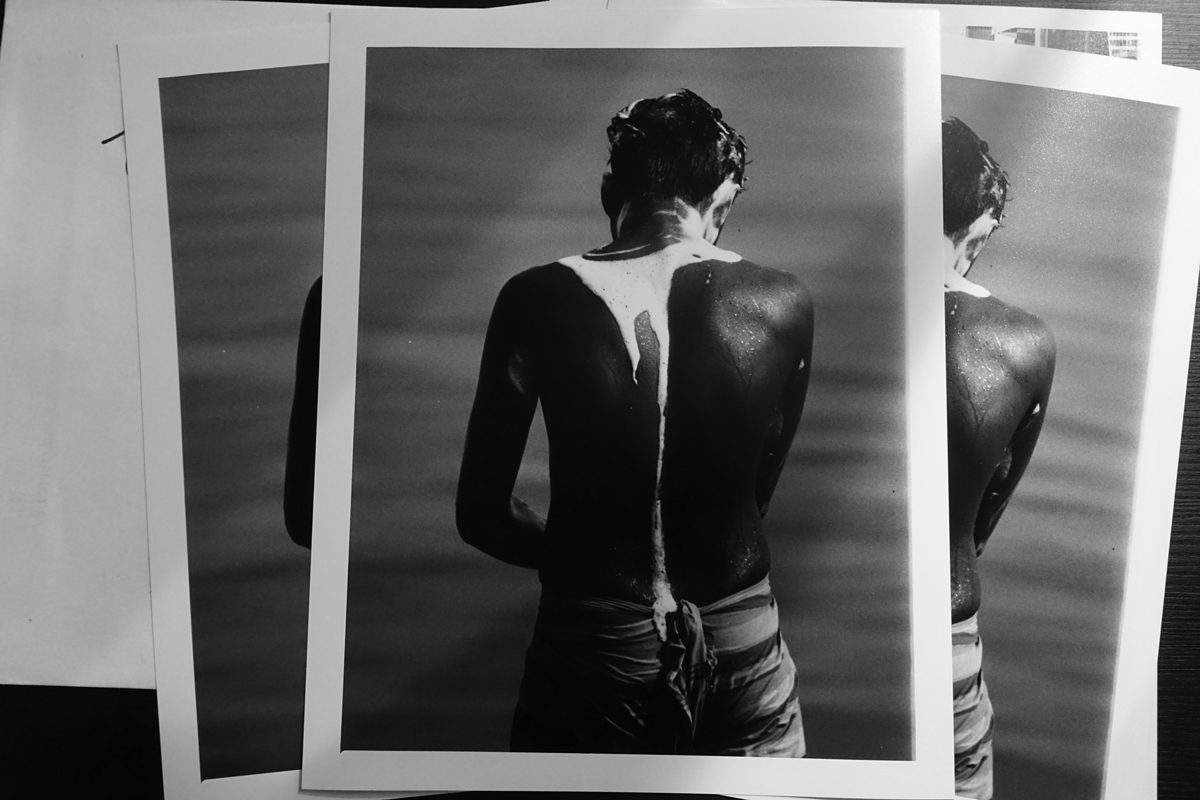
Having written that, even the idea of a negative having specific merit to print is indicative of my battle. I am still working towards something intangible, searching for excuses to produce images. Where, what ought to matter is the way I feel about them objectively as the creator. Not anticipating the way they might be received. I don’t think any other approach would be artistic vision. Embracing images with aesthetic value, simple frames with simple but wholesome content, would be much healthier than whatever it is I’m doing now.
Valuing my images
Valuing my images based on their content seems at odds with the way print sales seem to work. Something I’m considering is pricing my images based on the nature of the photograph rather than the medium it’s presented on. 8x10 is an ideal size for viewing my work, and the clarity of the combination of my favourite film Delta 400 paired with the most modern iteration of RC paper allows for rendering with incredible precision.
As I continue to work on my stockpile I will be looking at ways to emphasize these aspects of my work I want to be highlighting through print. I want the effort that goes into producing these artifacts to contribute to the direction I’m working towards as an artist and a storyteller. Print allows me to craft and nurture the ideas I discover in the field. It’s down to me to make sure that those ideas are ones I really want to send out into the world.
Images © Simon King
About The Author

Simon King
Simon King is a British photojournalist and street photographer, currently working on long term documentary and street photography projects. You can follow his work on Instagram and also find out about his short course in Street Photography which he teaches at UAL, here.







